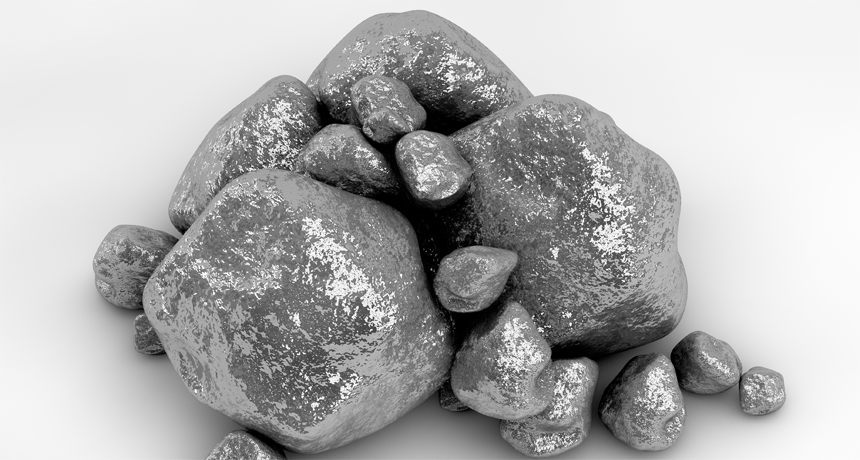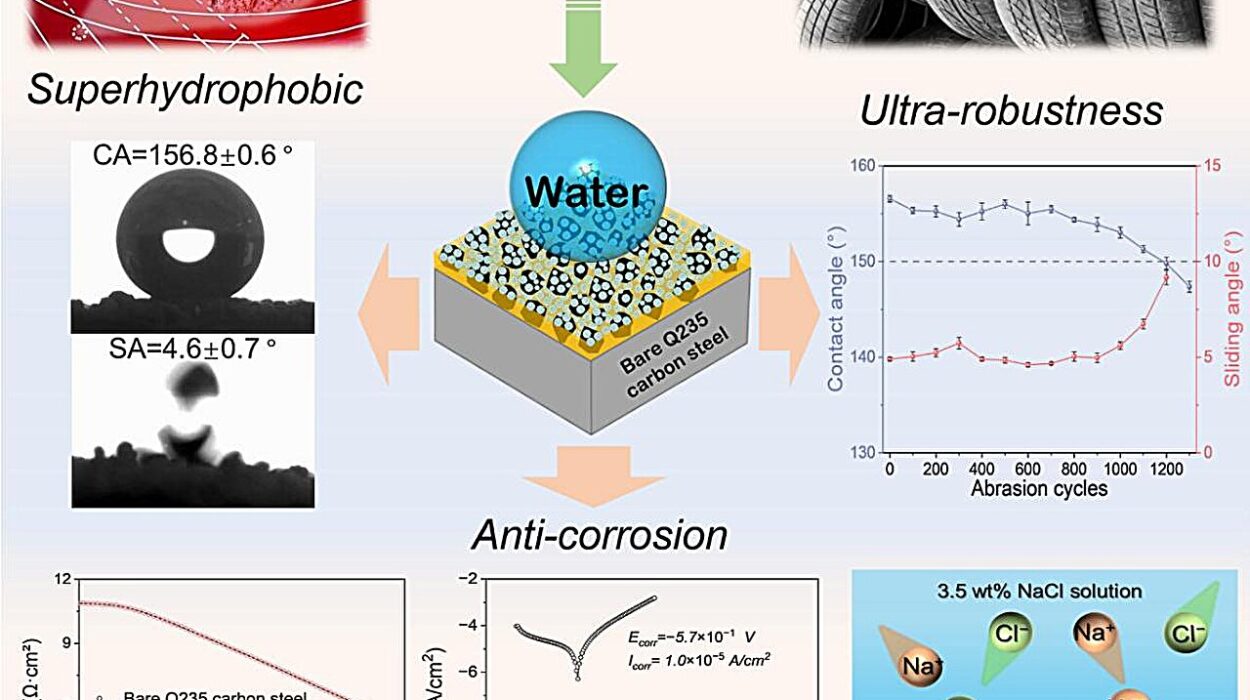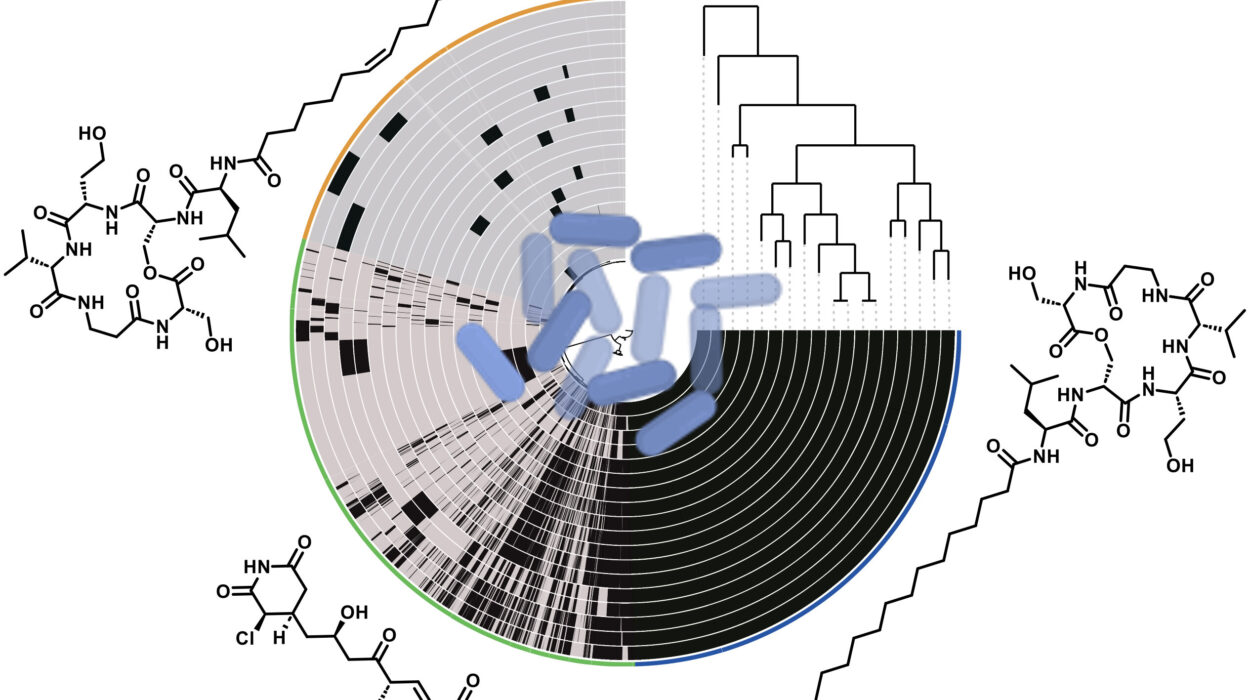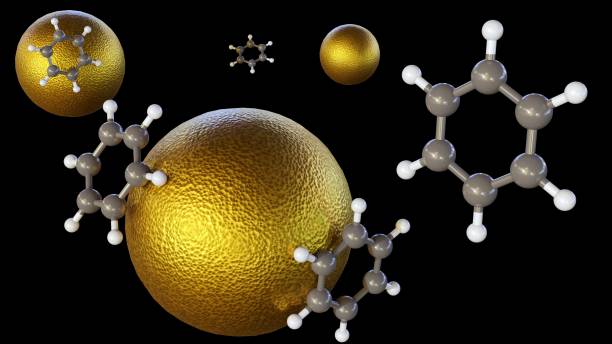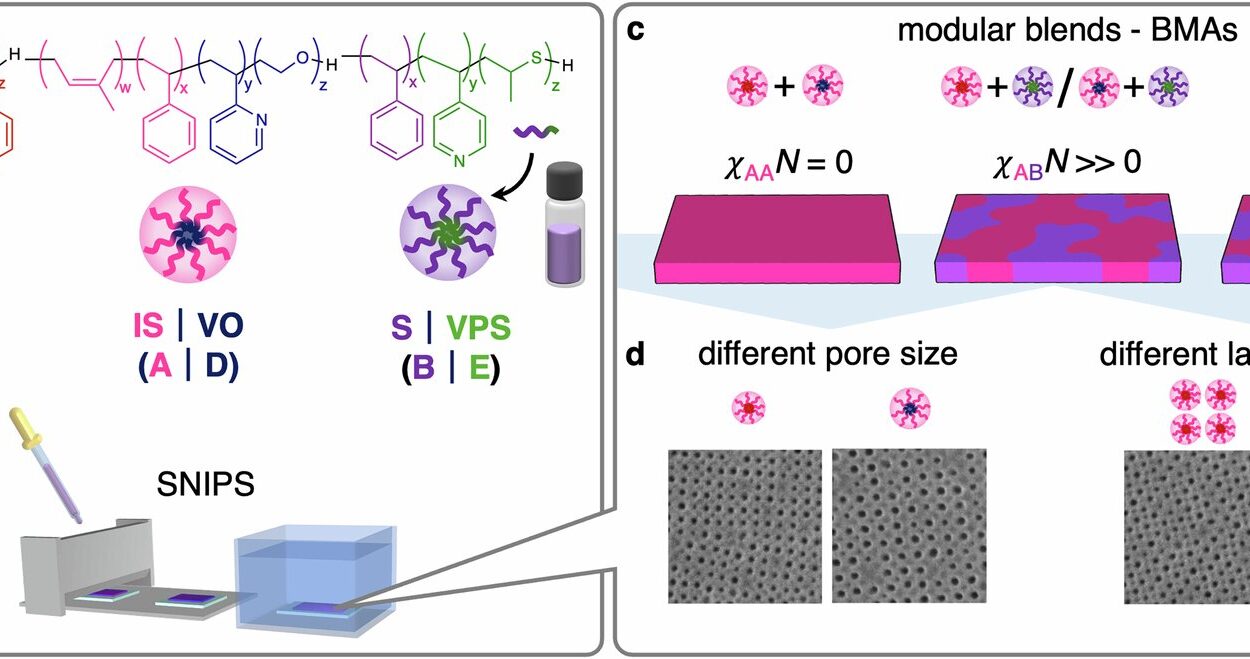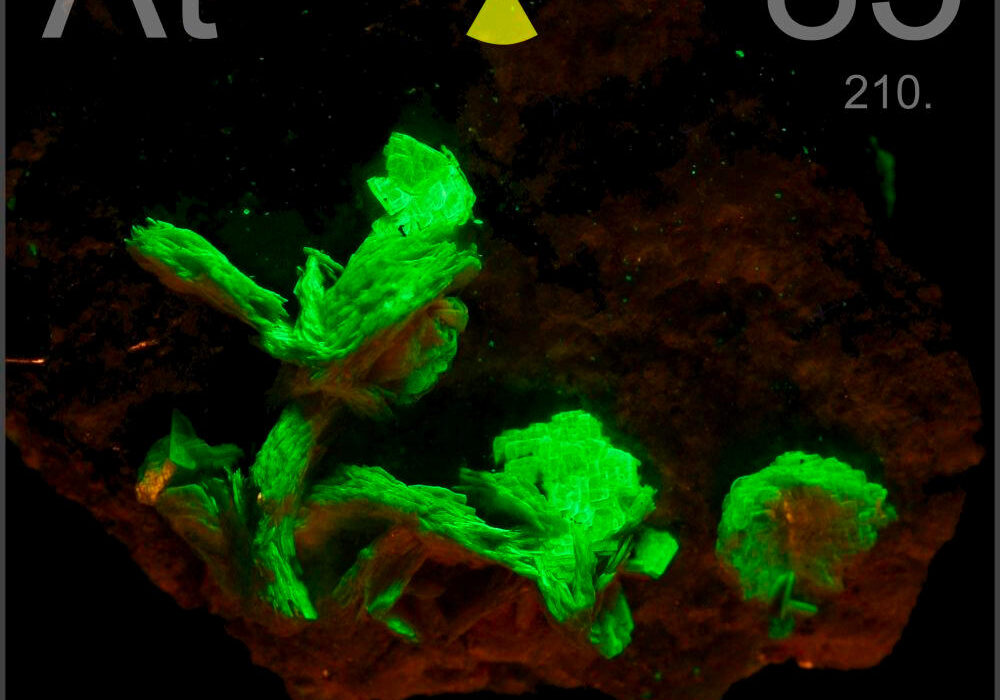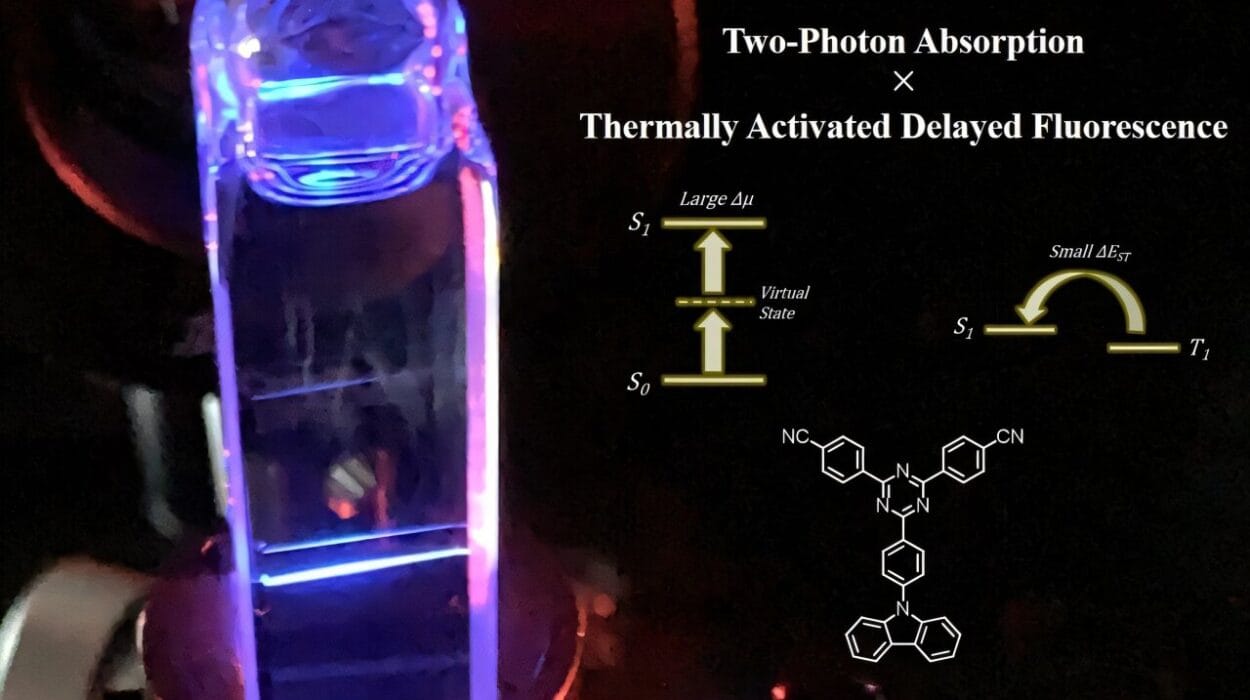In the grand theater of chemistry, where atoms dance, bonds break, and reactions flare with energy, there exists an unsung hero—a force that doesn’t change itself but changes everything. That hero is the catalyst. You might not notice it at first. It enters quietly, does its job with subtle finesse, and exits the stage looking untouched. But make no mistake: without catalysts, many of the reactions that power life, fuel industry, and even enable the burning of stars would proceed too slowly—or not at all.
So what exactly is a catalyst? How can something so seemingly passive hold such power over nature’s most complex processes? And how do catalysts shape the world around us, from the food we eat to the cars we drive and the very cells in our bodies?
In this deep dive, we will journey through the essence of catalysts—what they are, how they work, why they’re essential, and where they are leading us in the future. Prepare for a molecular adventure into one of the most fundamental concepts in chemistry.
The Basic Definition: What Is a Catalyst?
Let’s start with the simplest definition.
A catalyst is a substance that speeds up a chemical reaction without itself undergoing any permanent chemical change. In other words, it’s not consumed in the reaction—it merely facilitates it.
Catalysts don’t change the final outcome of a reaction. They don’t turn reactants into new products that wouldn’t otherwise form. What they do is reduce the activation energy—the energy needed to get a reaction going—thereby allowing the same reaction to happen faster or under more favorable conditions (like lower temperature or pressure).
To understand the importance of that, think of a catalyst as a key. Without the key, you’d need to break down the door to get inside a locked room—possible, but inefficient and messy. With the key, you turn the lock, the door opens smoothly, and you’re in.
Catalysts are nature’s keys to complex doors. Without them, biology, industry, and even the Earth’s atmosphere would grind to a halt.
Activation Energy: The Chemical Speed Bump
Chemical reactions involve breaking old bonds and forming new ones. But before those changes can happen, the reactants must reach a transition state—a high-energy configuration that acts as a kind of chemical hurdle. The energy required to reach this state is known as the activation energy.
Imagine trying to roll a boulder over a hill. You must first push it uphill until it crests the summit—after that, it rolls down on its own. In chemistry, that hill is the activation energy, and the faster you can get over it, the quicker the reaction proceeds.
Catalysts work by lowering the height of the hill. Instead of a steep, rocky incline, they offer a winding road or a tunnel through the mountain. The boulder still gets to the other side, but with much less effort.
This reduction in energy barrier is what makes catalysts so powerful. They don’t change the start or end points of a reaction—they just make the journey faster and easier.
Types of Catalysts: Not All Heroes Wear the Same Lab Coat
Catalysts come in many shapes, forms, and mechanisms. Though their goal is the same—speed up a reaction—the way they do it can differ dramatically.
Homogeneous Catalysts
A homogeneous catalyst exists in the same phase as the reactants, typically in a solution. Because they are uniformly mixed, homogeneous catalysts interact closely with the reactants at a molecular level.
For example, in the acid-catalyzed esterification of carboxylic acids and alcohols, sulfuric acid acts as a homogeneous catalyst. It helps form esters more quickly by protonating oxygen atoms, which stabilizes intermediate states in the reaction.
Advantages:
- Uniform dispersion
- Molecular precision
- Easier to study mechanistically
Disadvantages:
- Difficult to separate from products
- Often less stable at high temperatures
Heterogeneous Catalysts
Heterogeneous catalysts exist in a different phase than the reactants, most often as solids interacting with gaseous or liquid reactants. Think of the catalytic converters in cars—these contain solid metals like platinum, palladium, and rhodium that convert toxic exhaust gases into less harmful compounds.
Advantages:
- Easier to separate from the reaction mixture
- Reusable and often more durable
- Scalable for industrial use
Disadvantages:
- Slower due to phase boundaries
- Less control over molecular interactions
Enzymes: Nature’s Master Catalysts
When it comes to biological systems, enzymes are the ultimate catalysts. These complex proteins catalyze reactions in living organisms with astonishing speed and specificity.
For example, the enzyme carbonic anhydrase catalyzes the reaction between carbon dioxide and water to form carbonic acid. Without it, this reaction would proceed far too slowly to support respiration.
Enzymes are selective, reusable, and incredibly efficient—some can accelerate reactions by factors of a trillion. They work through mechanisms like substrate binding, active-site geometry, acid-base catalysis, and even quantum tunneling.
Auto-catalysis and Catalysis by Design
Some reactions are auto-catalytic, meaning that one of the products of the reaction serves as a catalyst. This leads to exponential acceleration, often observed in biological or feedback systems.
Scientists also design synthetic catalysts for specific purposes—from metal-organic frameworks to engineered enzymes and nanoparticles. With computational chemistry and machine learning, catalyst design is entering a new frontier of innovation.
How Catalysts Work: A Closer Look
So, how exactly does a catalyst reduce activation energy?
There are several core mechanisms:
1. Providing an Alternative Pathway
The most common way catalysts work is by offering a different reaction mechanism—one with lower energy steps. Imagine taking a scenic detour instead of hiking over a steep hill. You still get to your destination, but with less strain.
For example, in the hydrogenation of alkenes (turning carbon-carbon double bonds into single bonds), a metal surface provides a place for hydrogen atoms and alkenes to adsorb. The surface facilitates their meeting and bonding—an easier route than colliding in the gas phase.
2. Stabilizing the Transition State
Some catalysts interact with the transition state of a reaction to stabilize it—essentially lowering the energy “peak” the reactants must climb.
Enzymes often work this way. Their active sites are perfectly shaped to cradle the transition state, lowering its energy and speeding up the reaction.
3. Orienting Reactants
In many reactions, molecules must align in a specific way to react. Catalysts can act like molecular matchmakers, holding reactants in the right orientation for a successful collision.
Enzymes, again, excel at this. Their active sites bind substrates with precision, placing atoms in just the right position to promote bond-making or breaking.
4. Electron Donation or Withdrawal
Catalysts can also work by donating or withdrawing electrons from reactants. This alters the reactivity of the molecules, making them more likely to undergo transformation.
In acid-base catalysis, for example, an acid donates a proton (H⁺), increasing the electrophilicity of a molecule. A base might accept a proton, enhancing nucleophilicity.
Real-World Examples: Catalysts in Action
Catalytic Converters
In vehicles, catalytic converters reduce toxic gases in exhaust using platinum, palladium, and rhodium. These metals catalyze reactions that convert:
- Carbon monoxide → carbon dioxide
- Nitrogen oxides → nitrogen and oxygen
- Unburnt hydrocarbons → carbon dioxide and water
Without this catalytic action, urban air pollution would be drastically worse.
Haber-Bosch Process
Perhaps the most famous industrial catalyst is iron in the Haber-Bosch process, which synthesizes ammonia from nitrogen and hydrogen.
N₂ + 3H₂ → 2NH₃ (with Fe catalyst)
This process feeds half the world’s population through fertilizers. It’s estimated that one-third of all human nitrogen in the body originated from ammonia made via this catalytic process.
Enzymes in Medicine and Industry
Enzymes are used in everything from brewing beer to producing biofuels to treating diseases. Lactase, for example, breaks down lactose in milk for lactose-intolerant individuals. Proteases help clean clothes by breaking down protein stains.
Modern biotech even uses enzyme engineering to create catalysts for pharmaceuticals and bioplastics.
The Future of Catalysis: Toward Sustainability and Innovation
Catalysis is at the heart of solving 21st-century problems. Some areas where catalysts are making waves include:
- Green chemistry: Designing reactions with minimal waste and maximum efficiency.
- Artificial photosynthesis: Catalysts that split water using sunlight to create hydrogen fuel.
- CO₂ utilization: Converting waste carbon dioxide into useful fuels or chemicals.
- Asymmetric catalysis: Creating only one mirror-image (enantiomer) of a molecule, essential for pharmaceuticals.
- Computational catalysis: Using AI and quantum chemistry to design new catalysts atom by atom.
As the world shifts toward sustainability, the demand for better, cheaper, and greener catalysts will only grow.
Challenges in Catalysis
Despite their power, catalysts have limitations:
- Deactivation: Catalysts can lose activity over time due to fouling, poisoning, or sintering.
- Selectivity: Catalysts may produce unwanted byproducts.
- Scalability: Laboratory success doesn’t always translate to industrial viability.
- Cost: Precious metals like platinum and palladium are expensive and rare.
Solving these challenges requires cross-disciplinary innovation—bringing together chemists, engineers, materials scientists, and computational experts.
Philosophical Reflections: The Catalyst as Metaphor
Catalysts aren’t just chemical tools—they’re metaphors. In life, a catalyst is any person or event that accelerates change without being consumed by it. Revolutions, innovations, mentors, ideas—all can act as catalysts in society.
In chemistry, too, the catalyst embodies elegance: immense impact with minimal footprint. It is nature’s whisper, urging change without shouting. It reminds us that power doesn’t always come from brute force, but from precision, timing, and understanding.
Conclusion: The Quiet Architect of Chemistry
Catalysts are the quiet architects of the molecular world. They orchestrate reactions that sustain life, empower industry, and shape the very materials of modern civilization. Without them, life would be sluggish, inefficient, and, in many cases, impossible.
They are the invisible accelerators of progress—not just in test tubes, but in economies, ecosystems, and technologies.
And as we look to the future—toward cleaner energy, smarter materials, and deeper biological insight—the importance of catalysts will only grow. They are not merely ingredients in our chemistry sets; they are the keys to unlocking nature’s potential.
Catalysts show us that sometimes, to change the world, you don’t need to be changed yourself.
You just need to help others react.
